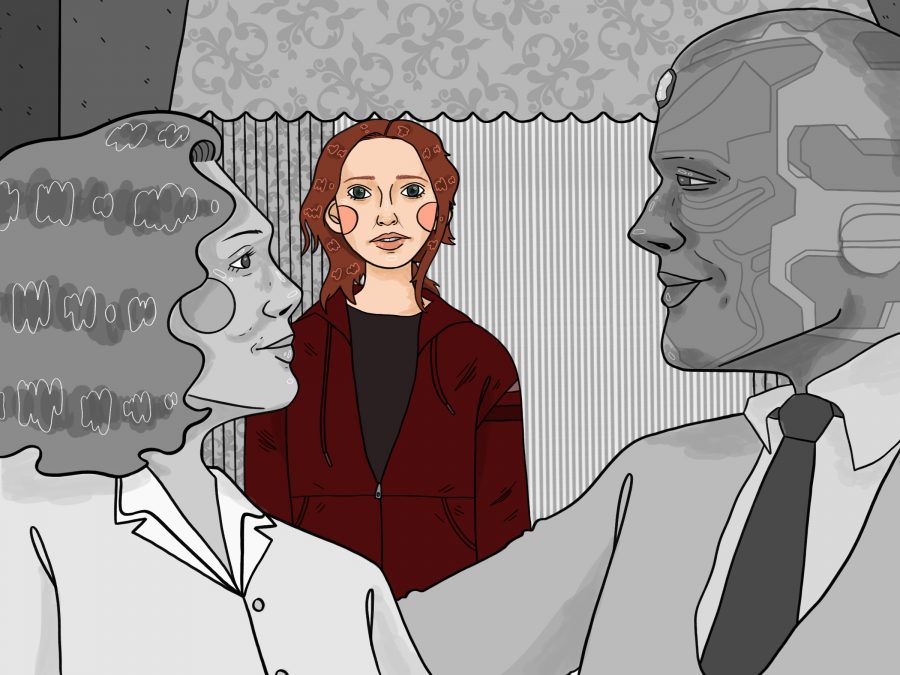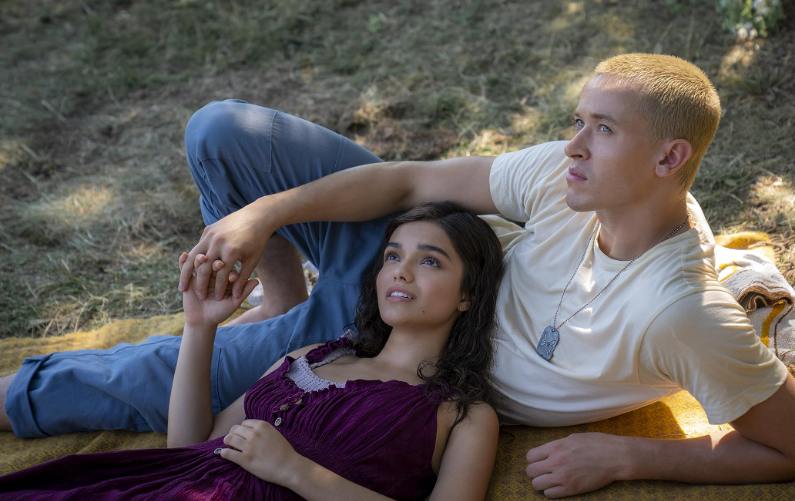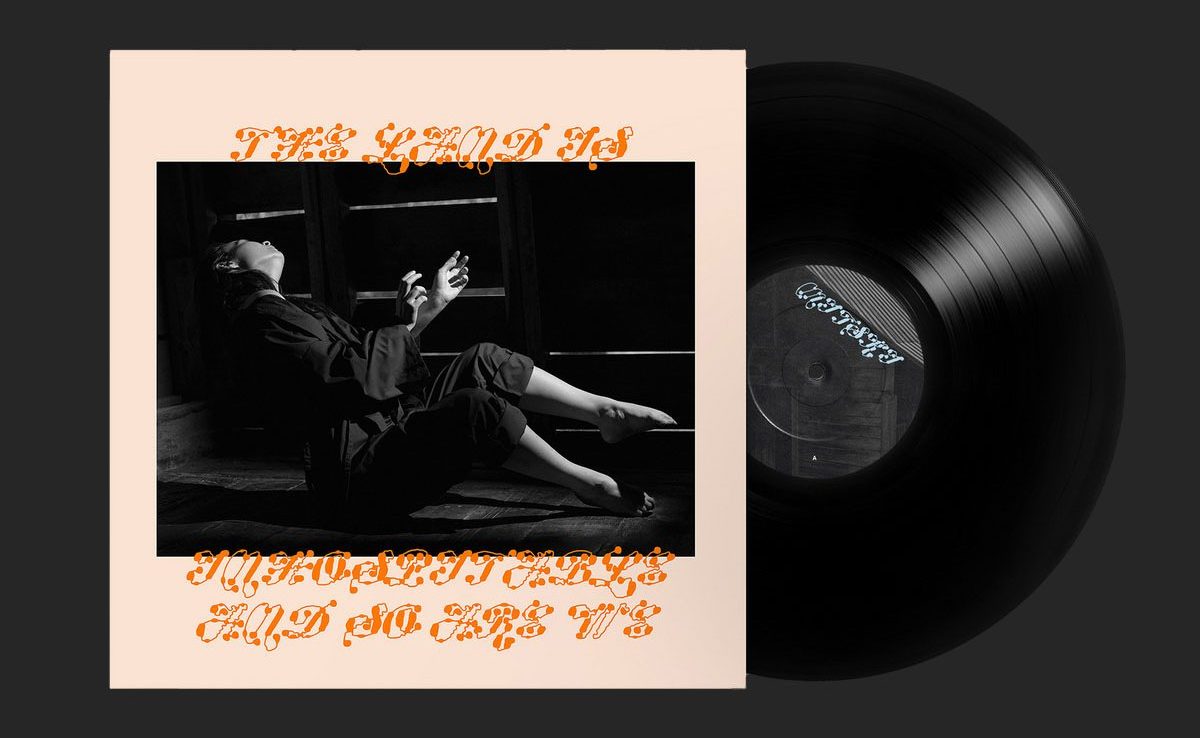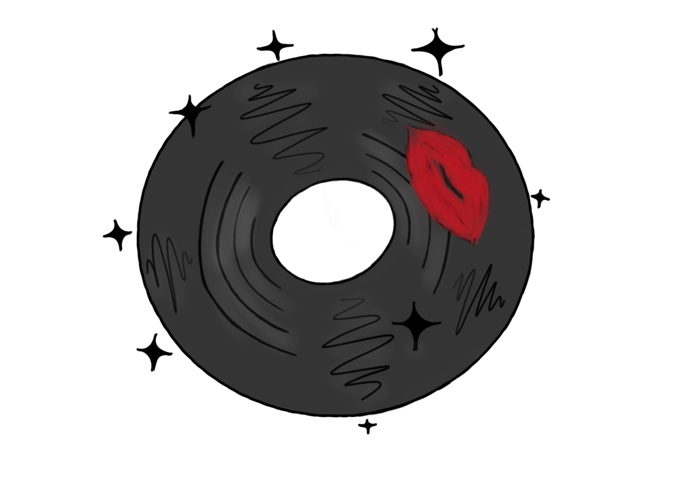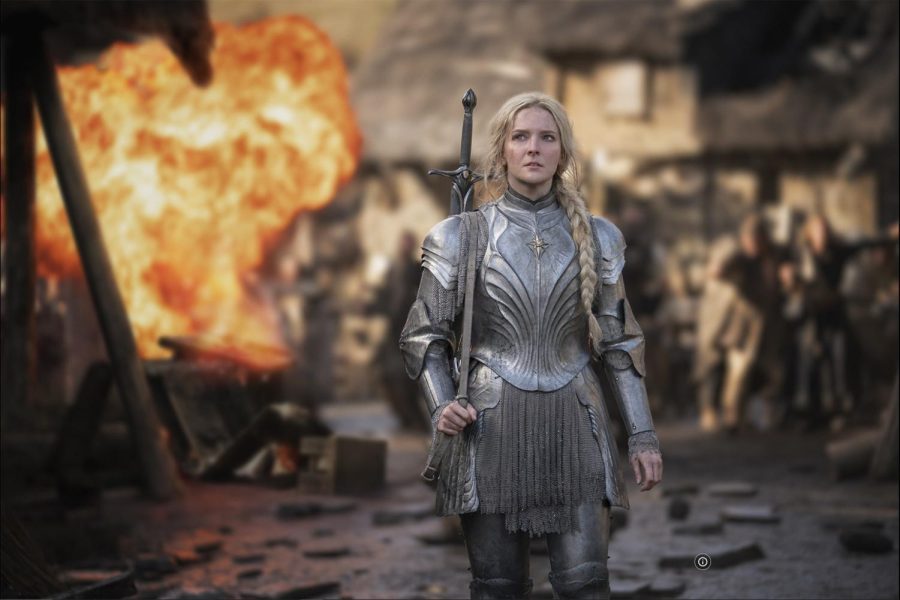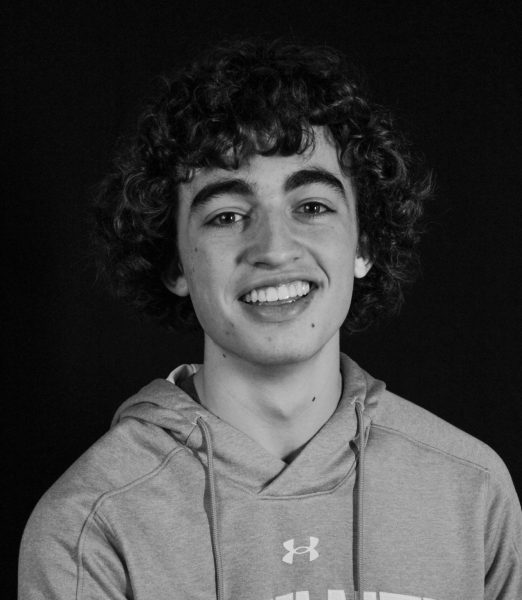Kevin Feige’s Marvel Cinematic Universe (MCU) started in 2008 with the first “Iron Man” movie, taking the box office by storm and not letting up, even through 2021. The journey was long, moving from cinema screen, to home TV as the MCU migrated from phase one to phase four of content production. Up until the fourth phase, villains in the MCU had been highly one dimensional and incredibly stereotypical, with a few key exceptions. But with the introduction of Marvel TV shows came increasingly complex villains, ranging from prior heroes to groups of average people fighting for what they believe to be right. The myriad of villains ultimately contributes to a far more diverse plot and creates characters which capture the hearts and minds of the viewers.
Phase four began with “WandaVision,” post the second snap-ocalypse—or the Tony Stark infinity gauntlet snap which removed Thanos from the universe—and so far includes the movies and TV shows “WandaVision,” “Falcon and the Winter Soldier,” “LOKI,” “Black Widow,” “Shang Chi” and “What If.” Each experience gave its viewers a unique plot and characters the audience could relate to at a personal level. This depth of character extended even to the villains of the universe, exposing past experiences and interactions that fleshed out intentions and desires.
In “WandaVision,” the true villain wasn’t Agatha or the Sentient Weapon Observation Response Division (S.W.O.R.D.), but the Scarlet Witch herself, a hero MCU fans and enthusiasts had fallen for since her introduction in “Avengers: Age of Ultron.” At the same time, the audience wasn’t split, but invested in the plot and desperate to see how Wanda maneuvered the situation. This ‘wrong thing for the right reasons’ concept is seen in “WandaVision” when Wanda uses her abilities to fabricate a family she wished she could have, but doesn’t actually exist. Yet as a result, she hurt thousands of people in the selfish act. In most story plots, this would slot her as a villain for hurting people to achieve a personal goal. The difference is in the audience’s previous knowledge and experience with Wanda. The audience knows her immense pain and all of the great things she has done for the betterment of humanity. For this reason it can be easy for the viewers to see her as the protagonist of the story rather than the villain.
Demonstrating an inverse of that mantra was “Shang-Chi and the Legend of the Ten Rings.” At first, the introduction of the main antagonist, Mandarin, Shang-Chi’s father, came with an all too familiar feeling of a classic villain, motivated by a lust for power and revenge. Yet as the plot thickened, so did the character arc of Mandarin and his intentions with them. Once driven by overwhelming grief from his wife’s death, he became convinced there was a way to bring her back, resulting in freeing a soul-sucking demon and forcing two enemies to join together and fight the greater evil. While the theme of a misled villain isn’t entirely uncommon in marvel’s history with characters such as Ronan was by Thanos, it is rare to see a villain who is genuinely mistaken and misguided without understanding their shortcomings or how they may be wrong.
“Falcon and the Winter Soldier” is a perfect example of the line between hero and villain becoming so blurred morally that perspective is all that matters. The show features two long time heroes Sam Wilson (Falcon) and James Buchanan “Bucky” Barnes (The Winter Soldier). Each is experiencing their own troubles following the snap-ocalypse, yet more interesting than that are the attitudes of the perceived villains The Flag Smashers. They believed the world was better during the snap and made it their mission to help those in poverty and force leading politicians to bend to their agenda through whatever means necessary. On the surface the scheme is rather immoral, yet people love The Flag Smashers and their purpose. They play the role of Robin Hood, stealing from the rich to give to the poor. This is the topic of much debate, as The Flag Smashers are generous heroes to some, while terrorists to others. Most villains throughout the MCU have a unique perspective much like The Flag Smashers. However, in giving them more camera time and character development scenes, their actions seem better justified and make more sense. These alterations ultimately lead to hesitation when considering whether or not characters such as the Flag Smashers are villains or heroes.
Through a different lens, heroes could easily be viewed as villains, and vice versa. “Falcon and the Winter Soldier” explores this viewpoint, exemplifying it with the new Captain America, John Walker. On paper, a real standout guy with high skill and a desire to fight for his country seems like the perfect replacement for Captain Rogers. But after taking the super soldier serum, it seems John Walker’s selfish desires were amplified as he goes on a rampage, searching for the leader of The Flag Smashers, Karli Morgenthau. Most villains are driven by selfish instinct, and John Walker is no exception in this way. However, his selfish instinct was also the key factor contributing to his success as a military hero. For this reason, when his friend was killed and John Walker avenged his death, it was viewed by some as over the top, inconsolable behavior, while others such as his wife, friends and some of America believed it to be acceptable. This conflict creates a triangle of tension and mismatch of beliefs as the Flag Smashers, the Falcon and Winter Soldier and John Walker clash. Any one of the four could potentially be a hero, yet they could all also easily be a villain. Boundaries are once again blurred and lines crossed as the heroes and villains fight, not for good or evil, but for personal values.
The MCU has grown over the past four years, extending it’s filmography as it develops and captivating audiences with lovable and hittable characters. A story is only as good as its characters, and Marvel’s truly are some of the best, especially entering the fourth phase. As many new heroes rise, so do new villains, and it seems that with these new villains comes room for new plot development.—one which makes the story infinitely more interesting and far more realistic—Phase four has certainly lived up to its expectations in this regard, and as more films and shows are released, it will be interesting to see how good and evil is portrayed, and when the dust settles, which side is which.
What do you think of marvel villains in phase four? Let us know in the comments below.


















































































